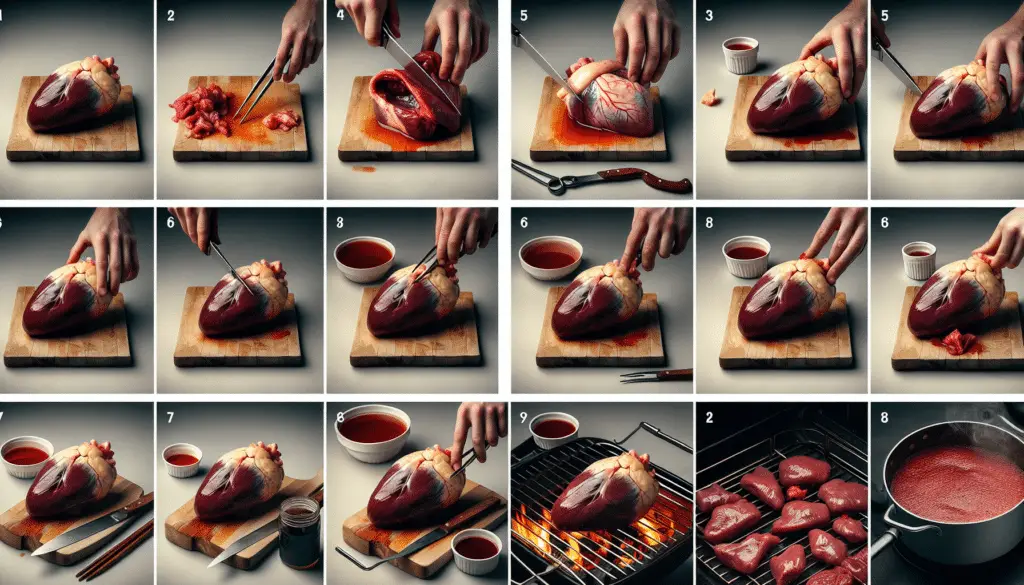Selecting and Preparing Your Deer Heart
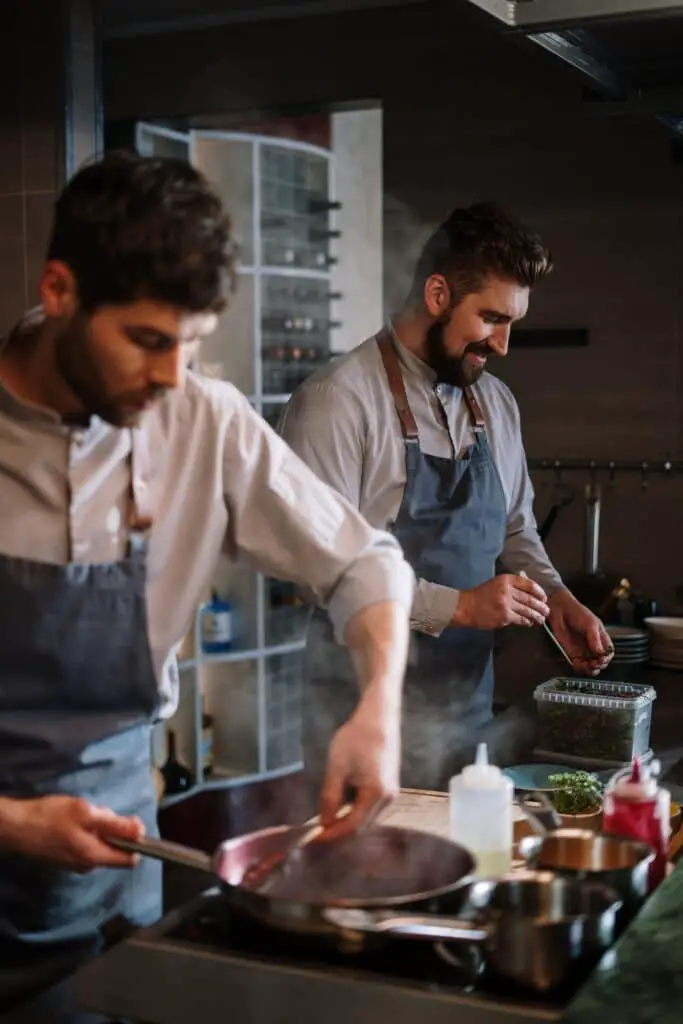
Wild game, particularly deer, provides a range of interesting and flavorful cuts that often go overlooked, one of which is the heart.
Gleaned from a successful hunt, a deer’s heart offers a profound depth of flavor—and preparing it may be easier than you might anticipate.
Before diving into the cooking process, let’s discuss the initial steps to ensure a delicious outcome.
First and foremost, sourcing a deer heart can come directly from your own hunting endeavors.
If you’re an experienced hunter, you already understand the importance of field dressing and the urgency of cooling the game to preserve the meat’s integrity, as mentioned in this comprehensive field dressing guide.
Alternatively, if you’re looking to sample this culinary adventure without hunting, you may be able to find a deer heart at specialty butchers or through local hunting communities.
Once you have your deer heart in hand, cleaning it is the next critical step.
A thorough rinse under cold water is essential to remove any remaining blood, ensuring a pristine starting point for your cooking.
After rinsing, carefully trim off any vessels, sinews, or fat from the exterior of the heart.
Don’t hesitate to be meticulous here; proper cleaning and preparation are foundational to a mouthwatering meal.
Marinating for Maximum Flavor
Although deer heart is flavorful on its own, marinating can infuse it with even more savors while tenderizing the muscle.
An ideal marinade might include olive oil, red wine vinegar, garlic, and herbs, along with salt and pepper for seasoning—all ingredients that are easily accessible and typically found in home kitchens.
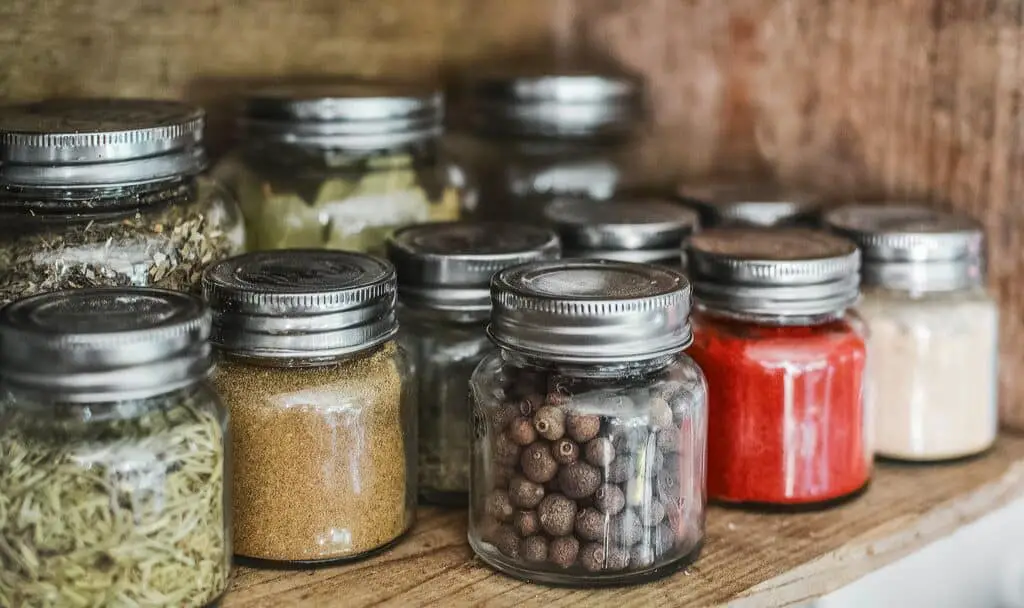
Let the heart bathe in this mixture for several hours, or even overnight if possible, to absorb the aromatic blend.
For example, a product like Bragg Organic Extra Virgin Olive Oil is highly recommended based on consumer reviews for its consistent quality and flavor, which could enhance your marinade substantially.
As shoppers report, this olive oil adds a subtle yet impactful layer of taste that complements the natural richness of game meats like deer heart.
Find This and More on Amazon
Cooking Methods for Deer Heart
When it comes to actually cooking the deer heart, there are several methods you can employ, each with its own unique qualities and outcomes.
Grilling is a popular method for cooking deer heart, as the high heat and smoke can complement the meat’s robust flavor.
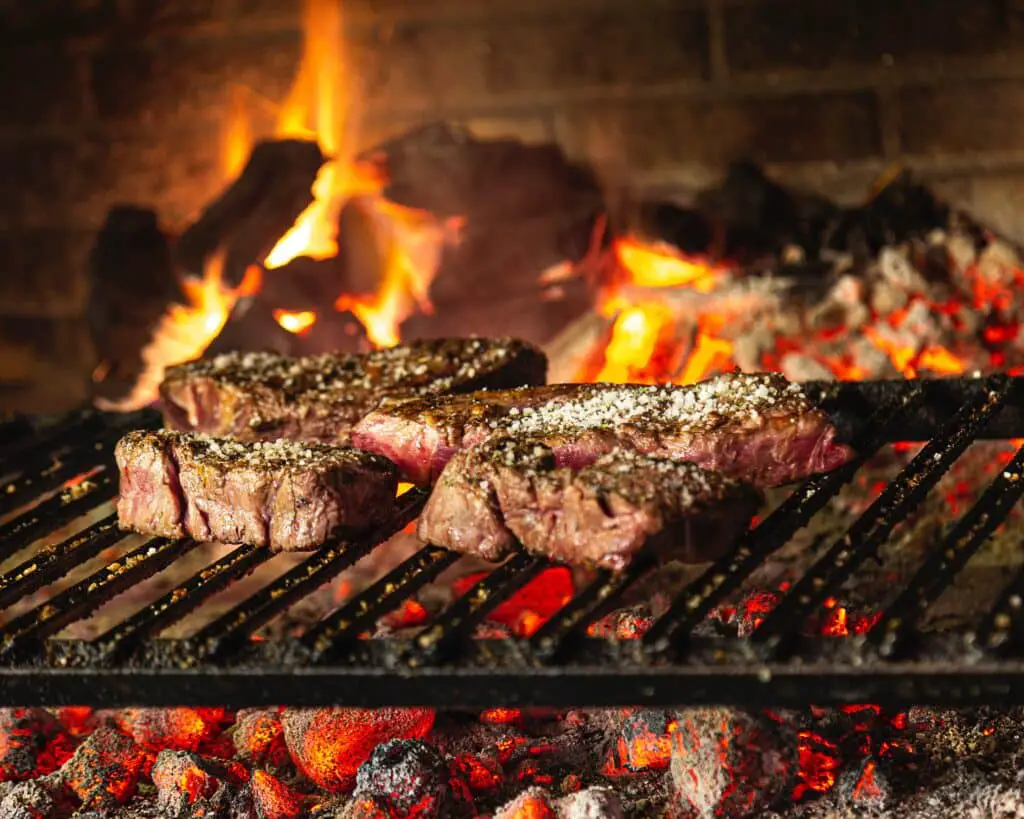
When grilling, make sure your grill is hot and the heart is brought to room temperature for even cooking.
Searing in a cast iron skillet on the stovetop is another excellent choice.
A cast iron skillet, like those from Lodge, boasts superior heat retention and an ability to develop a delectable crust on the heart.
Consumer feedback praises Lodge skillets for their durability and even cooking surface, a testament to their extensive usage in kitchens across the country.
Alternatively, braising the heart slowly in a flavorful liquid can yield a tender and succulent dish.
Slow cooking allows the deeper flavors of the meat to mature, creating a richly layered taste profile.
A slow cooker or Dutch oven works best for this method, and products like Crock-Pot have been lauded for their ease of use and consistent results.
Recipes often suggest a combination of stock, wine, and aromatic vegetables as a braising liquid that can transform the heart into a gourmet experience.
Find This and More on Amazon
Slicing and Serving Deer Heart
How you slice the deer heart can impact not just its presentation but also the enjoyment of its texture and flavor.
After cooking, let the heart rest for a few minutes before slicing to allow the juices to redistribute within the meat.
Slice the heart into thin strips or medallions against the grain to optimize tenderness.
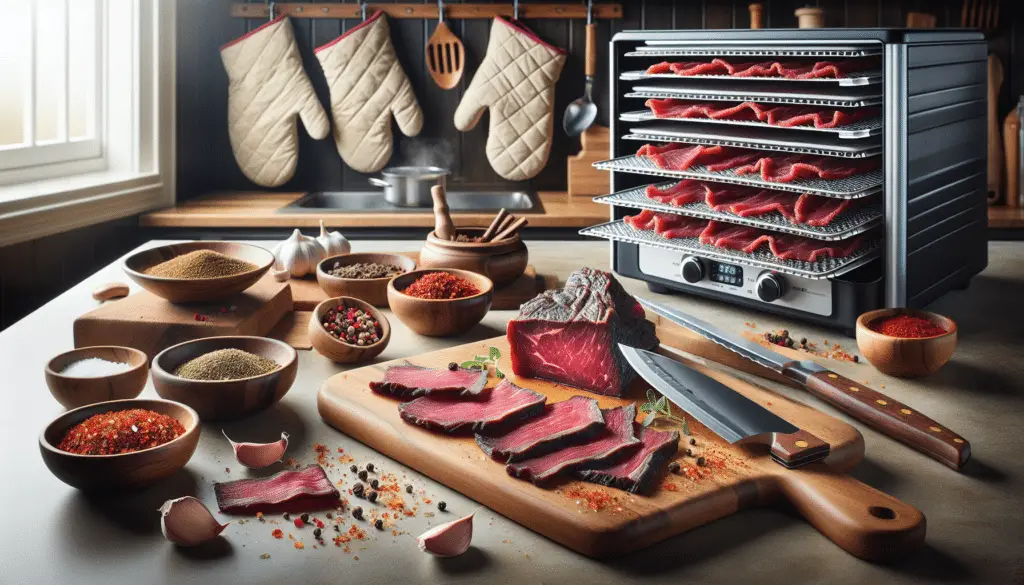
As you prepare to serve, bear in mind that deer heart is best enjoyed medium-rare to medium.
Overcooking can lead to a tougher texture, so aim for an internal temperature of around 130°F to 145°F, which can easily be monitored with a reliable meat thermometer.
When it comes to presentation, pairing the heart with complementary sides can elevate your dish to the next level.
Some suggest serving it atop a bed of arugula or alongside roasted root vegetables, maximizing the blend of flavors on your plate.
A touch of a balsamic reduction or a chimichurri sauce can offer a bright contrast to the deep savory notes of the heart.
Eliminating Gamey Flavors
Some diners may be wary of the gamey taste associated with deer meat, while others might celebrate it.
However, if you’re looking to minimize this distinct flavor, there are a few strategies you can employ.
Adequate marination, as previously discussed, is key—it not only tenderizes the meat but also infuses it with other flavors that help balance the gaminess.
Acidic components in the marinade such as vinegar or citrus can also help to mellow out strong gamey notes.
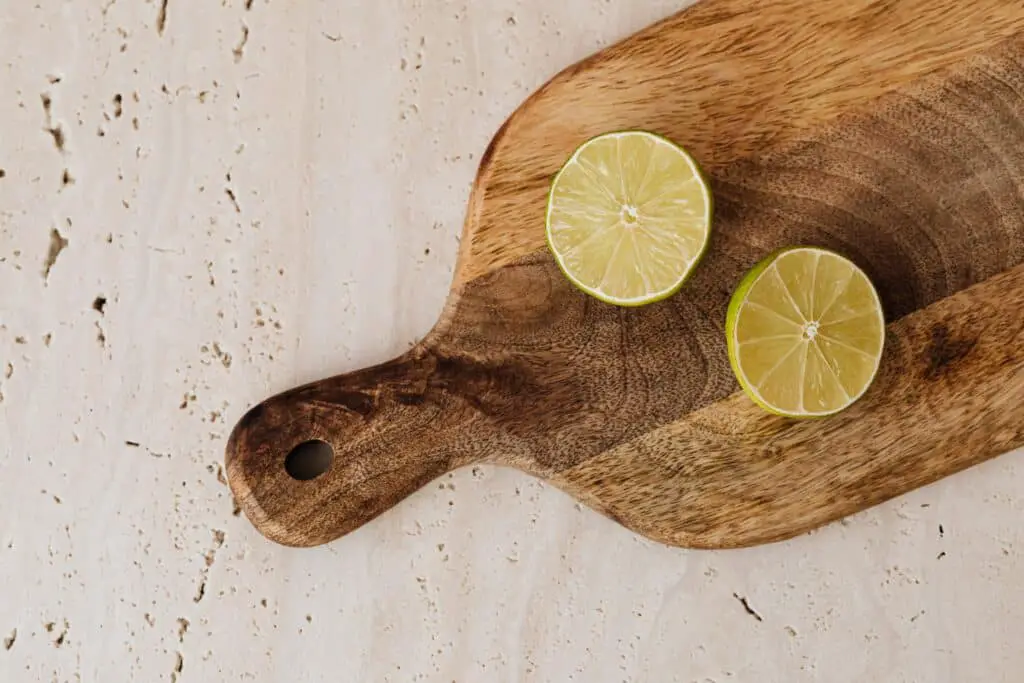
Another method is to soak the heart in salt water or buttermilk prior to cooking; this can draw out blood and result in a milder taste.
These preparatory steps reflect an understanding of deer biology and the factors that contribute to meat flavor.
It’s important to understand that the diet and lifestyle of the deer play a significant role in the taste of the meat, as outlined in extensive resources on deer biology and feeding habits.
Health Benefits of Eating Deer Heart
Apart from being a culinary delight, eating deer heart offers a multitude of health benefits.
It’s a lean source of high-quality protein, essential for muscle repair and growth.

Additionally, it’s rich in iron and other minerals such as zinc and selenium, making it a nutrient-dense choice for those interested in a healthy diet.
Moreover, the heart is a good source of CoQ10, an enzyme that plays a crucial role in energy production and antioxidant defenses.
Considering the numerous nutritional advantages, incorporating deer heart into your diet can be a heart-healthy choice, as increasing evidence suggests the importance of lean game meats within balanced diets.
These health benefits support the idea of utilizing more parts of the deer harvested, aligning with ethical hunting practices which emphasize respect for the animal and minimizing waste.
Frequently Asked Questions About Cooking Deer Heart
How do you ensure that a deer heart is cooked to safe but tender perfection?
Use a meat thermometer to check that the internal temperature reaches 130°F to 145°F; this range typically yields a medium-rare to medium doneness, which is ideal for texture and flavor.
Can you eat deer heart raw, like in tartare dishes?
Consuming raw or undercooked meat carries a risk of bacterial infection. Properly sourced and handled deer heart can theoretically be eaten raw, but consult with a wild game expert and adhere to health guidelines.
What’s the best way to remove the ‘gamey’ flavor from deer heart?
Soaking the heart in a saltwater solution, buttermilk, or a well-prepared marinade before cooking can help mitigate the gamey flavor.
Understanding Deer Heart Anatomy for Proper Preparation
To prepare a deer heart aptly, a grasp of its anatomy is beneficial.
A deer heart is a muscle comprised of chambers and valves, and it’s essential to know this while cleaning it.
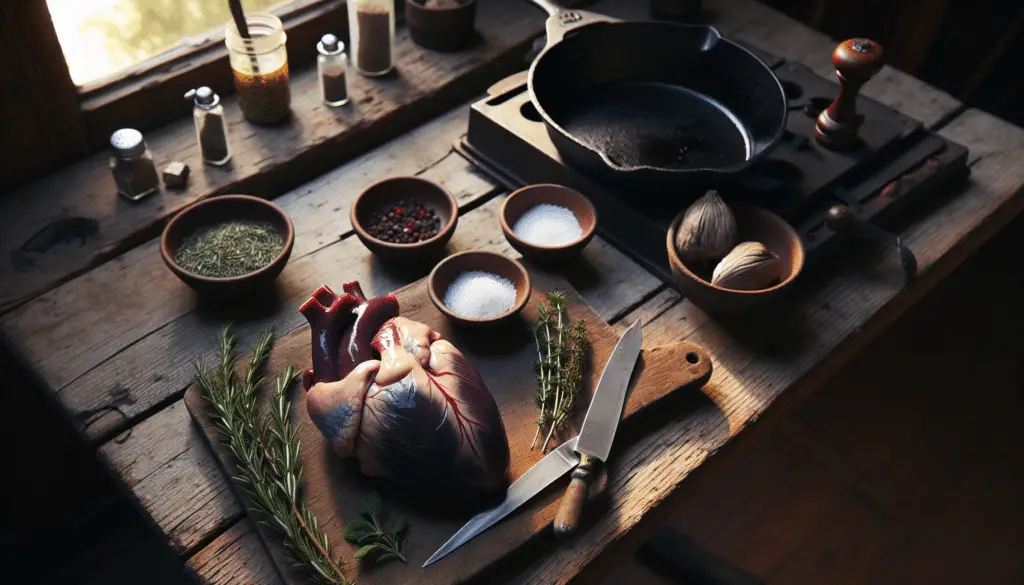
Incising the heart down the middle aids in removing blood clots and potential remnants of the last meal.
As you clean, you might come to appreciate the complexities of deer biology.
Spices and Herbs That Enhance Deer Heart Flavors
Choosing the right spices can transform your deer heart dish.
Tried-and-true favorites include rosemary, thyme, and juniper berries, which bring out the nuanced flavors.
For the spice averse, a simple blend of salt and pepper can suffice, providing a subtle enhancement that respects the meat’s natural taste.
Those with adventurous palates might add a pinch of smoked paprika or cayenne for a fiery kick that contrasts the heart’s richness.
Choosing the Right Wine Pairing for Deer Heart
Selecting an accompaniment like wine can also influence the overall dining experience.
Hearty reds like Cabernet Sauvignon or a spicy Zinfandel are excellent choices that stand up to the boldness of deer heart.
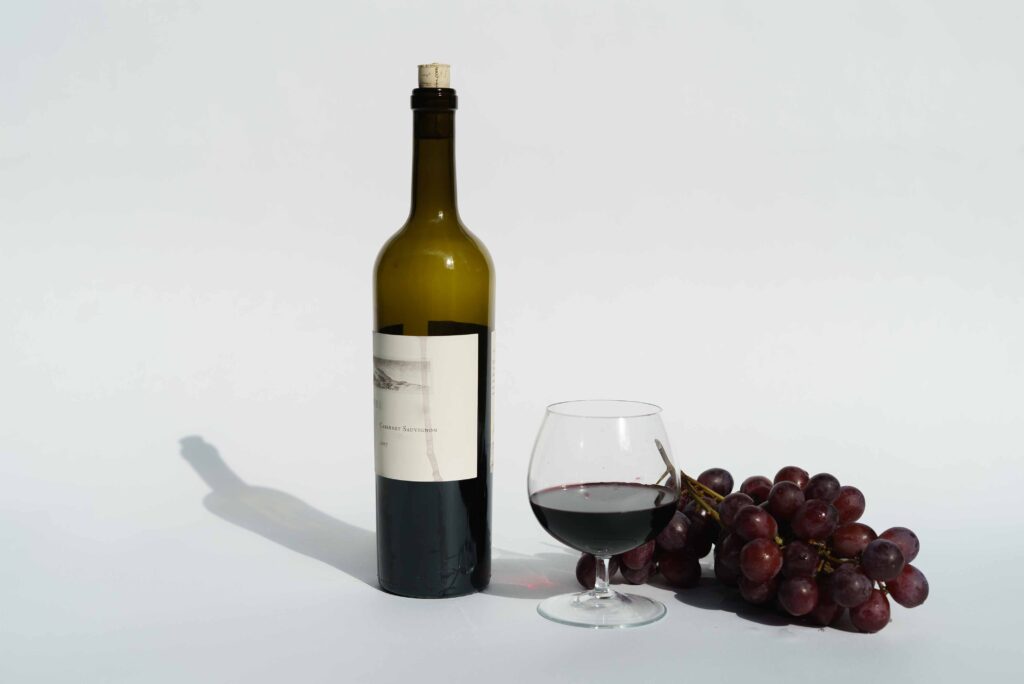
If you prefer white wine, opt for a full-bodied Chardonnay to partner with the meat’s robust flavor.
Remember, the pairing is personal preference and experimenting is half the fun!
Nutritional Comparisons to Other Cuts of Meat
When compared to other meats, deer heart is surprisingly nutritious.
It’s leaner than beef and contains less cholesterol than chicken, placing it in a unique position for health-conscious gourmands.
With its high protein and low fat content, deer heart is a viable alternative to more traditional meat choices.
Whether you’re monitoring your diet or simply exploring new foods, it’s worth considering the health aspects alongside the distinct flavors.
Tips for First-Timers Cooking Deer Heart
For those unfamiliar with cooking deer heart, start simple with less is more in mind.
Overcomplicating the dish with too many flavors can mask the meat’s natural goodness.
It’s also important to remember the meat will cook relatively quickly due to its thinness and musculature.
Being mindful of cooking times and temperatures will prevent overcooking and ensure a pleasant introduction to this game meat specialty.
Preservation Techniques for Deer Heart
If you’re not ready to cook the heart immediately, proper storage is crucial.
Freezing is the most common technique; vacuum-sealing can extend the heart’s freshness for months.
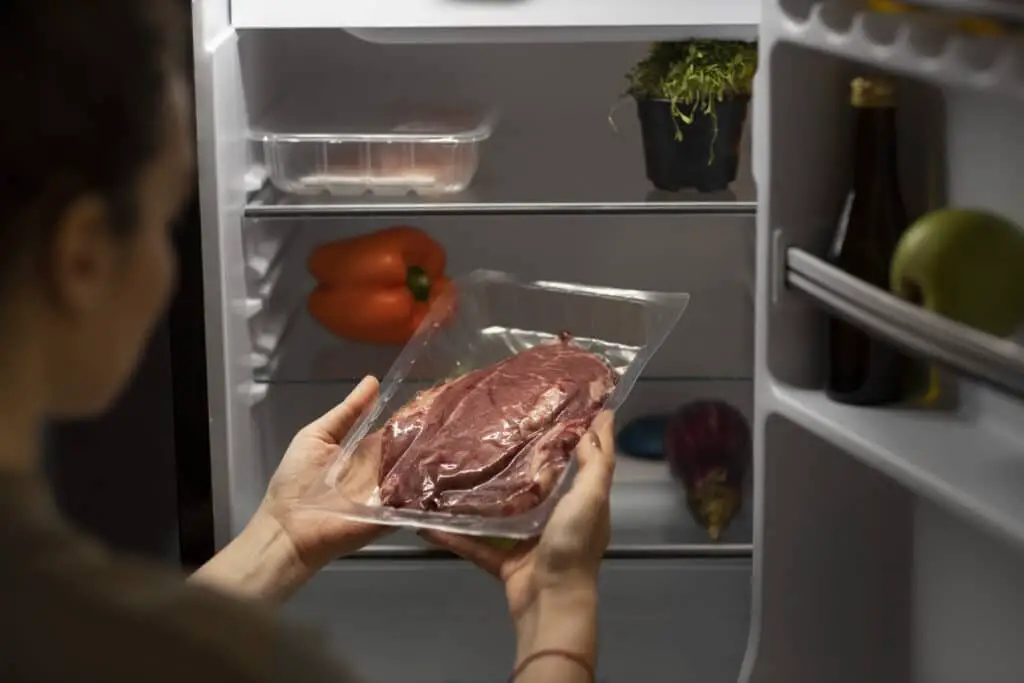
An investment in a quality vacuum sealer, like the FoodSaver Vacuum Sealer, can make a significant difference in preserving the taste and texture of not just deer heart but various types of game.
Reviewers of the FoodSaver system often mention its reliability and effectiveness in preventing freezer burn and spoilage.
Find This and More on Amazon
Taking Your Deer Heart Dish to the Next Level
Plate presentation can have a substantial impact on your culinary creation.
Garnish with fresh herbs, or add a drizzle of fine olive oil for an elegant finish.
Consider serving it with a side of wild rice or quinoa for a wholesome meal that’s as visually appealing as it is delicious.
Don’t forget a fresh seasonally appropriate salad to balance the richness of the meat.
Side Dishes That Complement Deer Heart
The right side dishes can turn a simple deer heart meal into a feast.
Seasonal vegetables, a hearty grain salad, or a rustic bread can be wonderful partners to this unique dish.
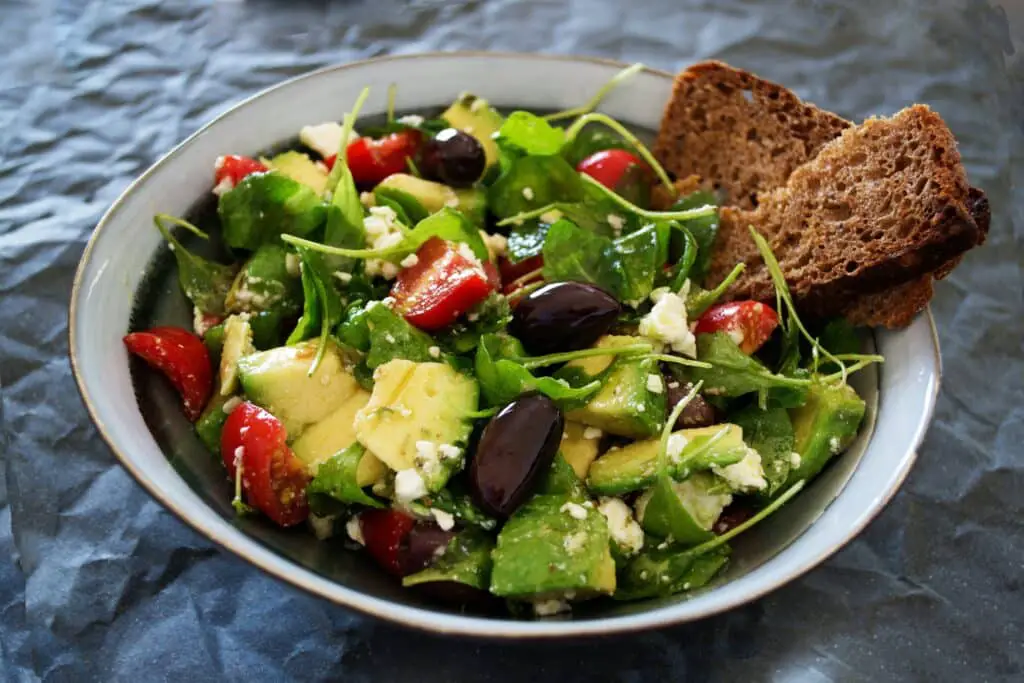
Root vegetables like parsnips or turnips can mirror the earthy qualities of deer heart, while a fresh green salad can provide a light, crisp contrast.
Ultimately, you want sides that will complement the heart without overpowering its taste.
Expanding Your Culinary Repertoire with Deer Heart
Embracing deer heart cooking can broaden your culinary horizons and introduce you to a world of flavors.
It also fosters a deeper appreciation for game meat and the process from field to table.
If you’ve hunted and procured the heart yourself, there’s a sense of fulfillment in honoring the animal by using as much of it as possible, which aligns with ethical sustainability and utilization of harvested game.
Telling the Tale of Your Deer Heart Cooking Adventure
Sharing your experience can be incredibly rewarding as well.
Whether it’s through a conversation with fellow hunters, a blog post, or a social media update, adding your personal anecdotes can give others the courage to try something new.

Who knows, your story might inspire a trend among your peers, turning deer heart from a fringe food to a sought-after culinary delight.
Conclusion
Cooking deer heart can be a novel and rewarding experience that combines culinary adventure with nutritional benefits.
With the right preparation, cooking methods, and enhancements like a quality marinade, the results can be mouthwateringly delicious.
By following the tips and information presented here, you’re well on your way to creating a deer heart dish that could impress even the most seasoned hunters and food enthusiasts alike.

